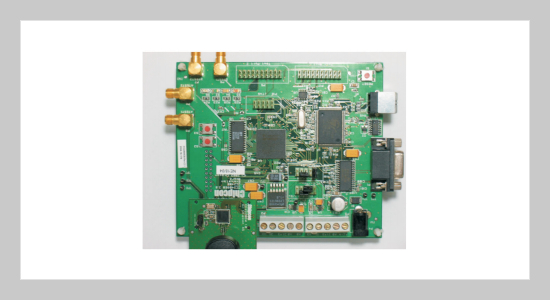Ching-Chang Wong1 , Yih-Guang Jan1 , Yang-Han Lee This email address is being protected from spambots. You need JavaScript enabled to view it.1, Po-Jen Chuang1 , Shiann-Tsong Sheu2 , Wei-Tsong Lee1 , Huan-Chao Keh3 , Chih-Yung Chang3 , Kuei-Ping Shih3 , Timothy K. Shih3 , Hsien-Wei Tseng1 , Jheng-Yao Lin1 and Nai-Kuei Wu1 1Department of Electrical Engineering, Tamkang University, Tamsui, Taiwan 251, R.O.C.
2Department of Communication Engineering, National Central University, Jungli, Taiwan 320, R.O.C.
3Department of Computer Science and Information Engineering, Tamkang University, Tamsui, Taiwan 251, R.O.C.
Received:
March 17, 2006
Accepted:
October 16, 2006
Publication Date:
March 1, 2008
Download Citation:
||https://doi.org/10.6180/jase.2008.11.1.03
This paper discusses the critical technologies that are used in the development of optical wireless communication network, in the protection of the safety, and in the provision of convenience to the vision-impaired population. The technologies of the realizations of the hardware, firmware, decision algorithms, communication protocols and application programs developed for Sensor Nodes in optical wireless communication network are applied for the Smart Blind-Guidance Network System. In addition, this technology is aided by the assistant equipment (cane) for the blind and the communication interface protocol for the computer, which is specifically designed for the blind. The smart blind-guidance system is a combination of optics, microprocessor, voice acoustics, and wireless electronics. This system also possesses the functions of distance measuring and environment parameters, collecting to finish a complete Pre-warning, Guide, Alarm, Recovery and Detection (GUARD) guide system for the blind and also completing a locating and addressing system.ABSTRACT
Keywords:
Wireless Optical System, Guide System, Smart Blind-guidance Cane, Sensor Node
REFERENCES
















